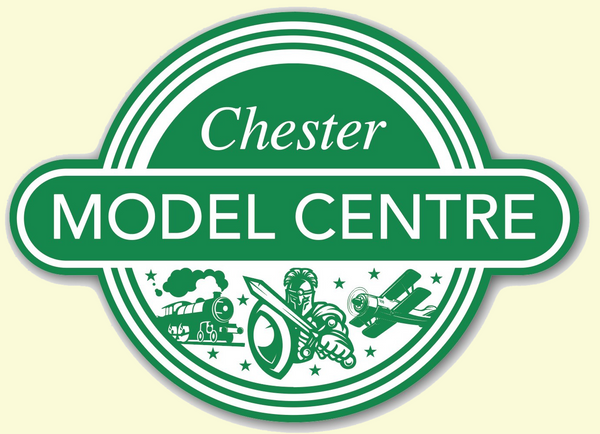SALE - Rapido OO Gauge Wagon 908003 - Iron Mink No.69721- GWR Grey (25" Letters)
SALE - Rapido OO Gauge Wagon 908003 - Iron Mink No.69721- GWR Grey (25" Letters)
Rapido
Couldn't load pickup availability
Rapido OO Gauge Wagon 908003 - Iron Mink No.69721- GWR Grey (25" Letters)
The Great Western Railway’s V6 ‘Iron Mink’ is one of the most recognisable designs that came out of the Swindon wagon drawing office – and now it has been released by Rapido Trains UK! What made these wagons so recognisable was the fact that they shunned traditional wooden construction and were made from metal instead.
Shortages of timber forced the GWR to investigate building vans from metal but it wasn’t until 1888 that what could be called the ‘standard Iron Mink’ appeared. This boasted a 16ft 6in underframe and a capacity of 8 tons. Over 4,000 were built up to 1901 when the GWR reverted to wood bodies.
The ‘Iron Minks’ were long lived with examples surviving through until British Railways days in revenue and Departmental service. They could be found all over the UK railway network and some were recorded as far north as Inverness.
The V6 ‘Iron Minks’ received many modifications over the years. Larger vent hoods were introduced in 1899, grease axleboxes gave way to oil, different brake styles were fitted and, when required, metals doors were often replaced with wood.
With war looming, the ‘Iron Mink’s’ metal construction made it an ideal gunpowder van. Wooden doors were replaced with thick metal ones and the end ventilators were covered with a plain panel. After the First World War, these ‘Iron Minks’ were converted back to goods traffic.
The Second World War led to further need for gunpowder vans and, once again, the ‘Iron Minks’ were called upon again. The GWR loaned 100 to the Southern Railway in 1937 (complete with SR lettering) where they stayed until the end of the war.
‘Iron Mink’ withdrawals started in the 1930s and continued through to the mid-1960s. Despite being condemned, many of the vans found alternate uses such as sawdust and sand vans in depots, lamp rooms and tool stores. Two van bodies even found usage as stop blocks at Machynlleth and were fitted with self-contained buffers!
Luckily, four complete ‘Iron Minks’ (alongside several van bodies) have survived into the preservation at the Severn Valley Railway, Didcot Railway Centre, Swindon and Cricklade and South Devon Railway.


